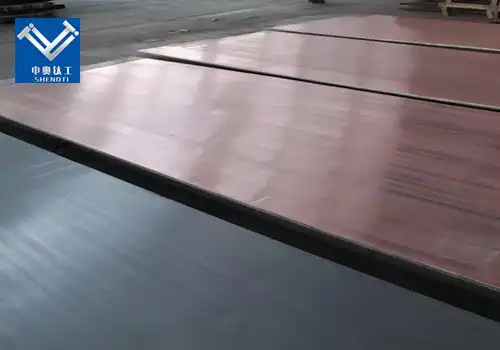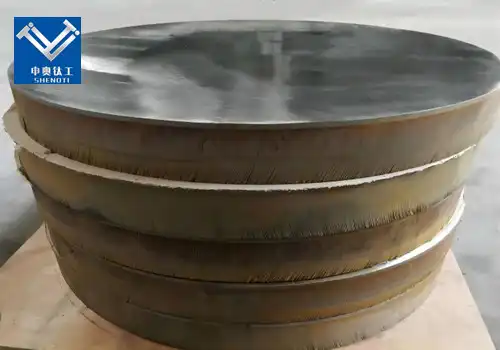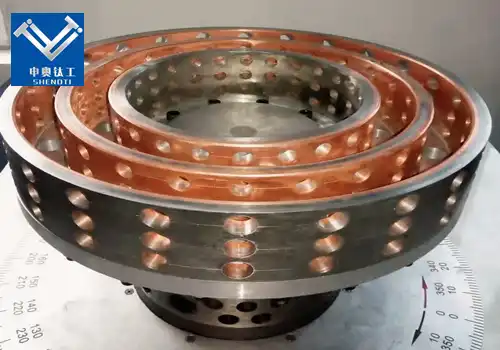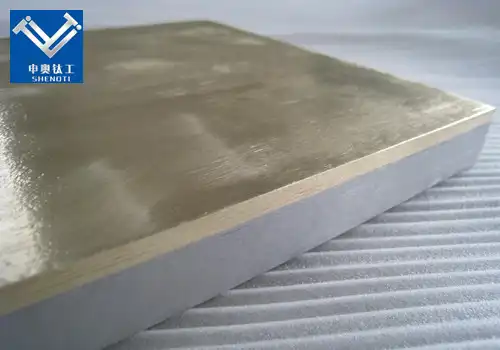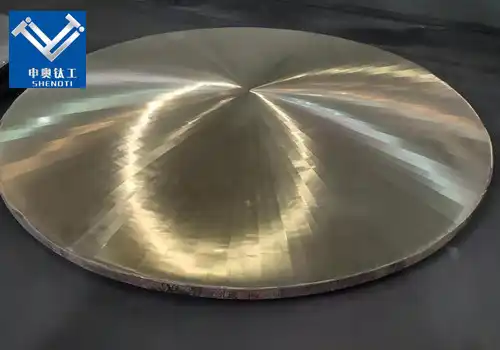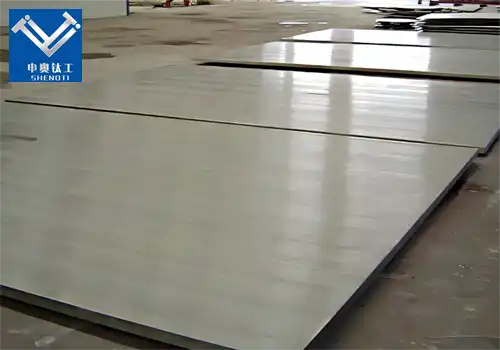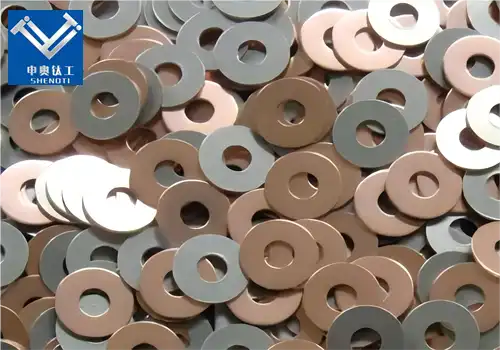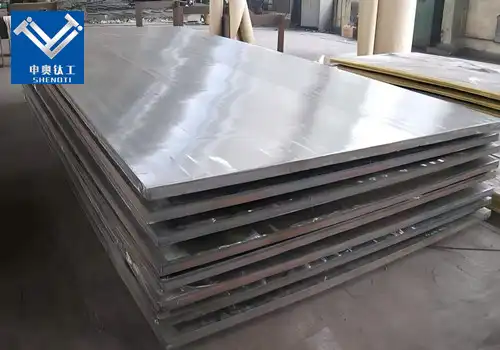
Copper Clad Stainless Steel Plate advantages
2025-07-04 17:41:51
What Is a Copper Clad Stainless Steel Plate?
A copper clad stainless steel plate is a composite metal material made by bonding a layer of copper onto stainless steel through advanced techniques such as explosive bonding or hot rolling. This innovative combination merges the high conductivity and corrosion resistance of copper with the strength and durability of stainless steel. It’s widely used in industries requiring both mechanical strength and electrical conductivity, such as electrical power systems, heat exchangers, and architecture.
The copper clad stainless steel plate offers a perfect balance between performance and cost, making it an increasingly popular alternative to pure copper or stainless steel plates.
Why Choose Copper Clad Stainless Steel Plate?
Dual Metal Benefits in One Material
The copper clad stainless steel plate delivers the best of both worlds:
Copper Layer: Provides excellent electrical and thermal conductivity, along with antimicrobial and corrosion-resistant properties.
Stainless Steel Base: Offers high mechanical strength, wear resistance, and structural integrity.
1: Cost Efficiency
Compared to using solid copper plates, copper clad stainless steel plates significantly reduce material costs while maintaining similar functional properties.
2: Environmentally Friendly Choice
Copper clad stainless steel plates reduce the consumption of non-renewable resources like copper. Many manufacturers, especially those in energy and green building sectors, are adopting this material to support sustainability goals.
Applications of Copper Clad Stainless Steel Plate
The versatility of copper clad stainless steel plate makes it suitable for various industrial sectors:
1: Electrical and Power Equipment
Busbars and connectors
Electrical terminals and switchgear
Transformer components
The high conductivity of copper ensures efficient power transmission, while stainless steel offers durability under thermal and mechanical stress.
2: Petrochemical and Heat Exchange Systems
Tube sheets and flange connections
Chemical-resistant reactor components
Heat exchanger plates
The clad structure allows for corrosion resistance on the copper side and strength on the steel side, ideal for high-pressure and high-temperature environments.
Technical Features of Copper Clad Stainless Steel Plate
Bonding Technology
Copper clad stainless steel plates are manufactured using several methods:
Explosive Bonding: High-energy detonation welds copper and stainless steel at the atomic level.
Hot Rolling Clad: Metallurgically bonds the metals under high temperature and pressure.
Diffusion Bonding: Involves heat and pressure over a longer duration for uniformity.
Each technique ensures a solid, inseparable bond between copper and stainless steel, resulting in a reliable composite material.
Common Material Grades
Copper: T2, TU1, C11000, C12200
Stainless Steel: 304, 316L, 310S
Thickness and Dimension Options
Copper layer thickness: 0.5mm to 3mm
Stainless steel layer: 1mm to 30mm
Standard width: up to 2000mm
Length: customizable up to 8000mm
Custom sizes and shapes can be tailored for different industrial applications.
Advantages Over Conventional Materials
1: Compared to Solid Copper Plates
Lower material costs
Lighter weight
Easier to weld and machine
Less copper oxidation
2: Compared to Plated or Coated Metals
Stronger metallurgical bond
No peeling or flaking of surface
Better resistance to mechanical stress
3: Compared to Bimetallic Rivets or Fasteners
Uniform surface area
Excellent electrical and thermal flow
Reduced contact resistance
Common Industries Using Copper Clad Stainless Steel Plates
1: Renewable Energy
Battery connectors
Solar panel junction plates
EV battery modules
2: Shipbuilding and Marine Engineering
Corrosion-resistant inner linings
Deck equipment with enhanced conductivity
3: High-Speed Rail and Aerospace
Lightweight conductive brackets
FAQ About Copper Clad Stainless Steel Plate
1: Is copper clad stainless steel plate suitable for welding?
Yes, it can be welded using specialized techniques such as explosion welded interfaces or laser welding for minimal heat-affected zones.
2: How long does copper clad stainless steel last in outdoor environments?
Depending on the copper layer and local climate, it can last over 30 years with minimal maintenance, making it ideal for architectural facades.
3: Can I customize the copper finish?
Yes, copper surfaces can be brushed, polished, patinated, or even coated with protective layers for different visual effects.
4: What’s the MOQ for bulk orders?
Most suppliers offer flexible MOQ, especially for industrial applications. Contact us for custom quotes based on project specifications.
Whether you are working in energy systems, construction, or petrochemical equipment, integrating copper clad stainless steel plates into your design ensures long-term value and efficiency.
Contact Us
Ready to upgrade your materials with copper clad stainless steel plate?
Email: zh@baojiti.com.cn
Website: www.shenaocladplate.com
Phone: +86-18729731603
Address: Baoji City ShenAo Metal Materials Co., Ltd., China
YOU MAY LIKE











